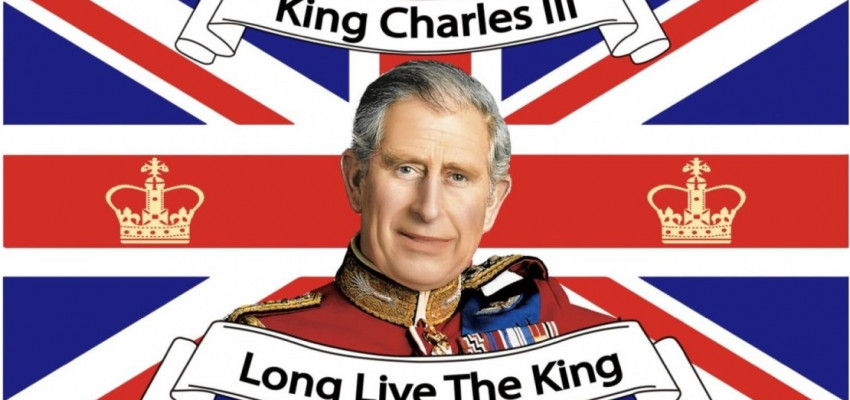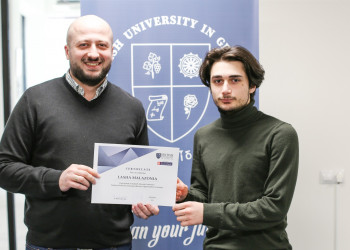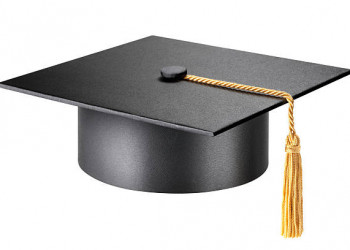 Historic Moment - The Coronation Day
Historic Moment - The Coronation Day 
 The monarchs of England and Scotland coronation ceremonies, and later the United Kingdom, in one form or another, have been around for over 1000 years.
The monarchs of England and Scotland coronation ceremonies, and later the United Kingdom, in one form or another, have been around for over 1000 years.
The first anointing of kings in England are most likely to date to the VII-VIII centuries. The highlights of the ceremony were invented by St. Dunstan, who was the archbishop of Canterbury for the coronation of King Edgar at Bath Abbey in 973.
The mandatory element of the coronation that stands still was the promise (oath) made by the king, pledging to serve God and people. The first coronations had a double meaning: to confirm the succession to the throne and to pledge the support of the Almighty.
The first made sense back in the days when the crown passed from one head to the other in a bizarre zig-zag, sometimes passing the most obvious heirs. These include the coronation of Henry IV, a cousin of his overthrown King Richard II, and a coronation of Tudor VII, who won the throne through a military victory at the Battle of Bosworth, not through royal DNA.
In 1603, King of Scotland James VI (Jaciv) became King of England James I. He was crowned twice as king of England and as king of Scotland.
Following the formal merger of England and Scotland into a unified parliamentary system, the following changes were made to the coronation oath: instead of "this is the Kingdom of England," the future monarch was to say "this is the kingdom of Great Britain".
The first king to swear to the country under the new formula was George I in 1714.
In 1996, the stone was returned to Edinburgh, provided that it would be returned for coronations as many times as needed.
The king spoke for peace in Ukraine!
So Be It!
Congratulations to friendly Britain on a symbolic and powerful coronation!
Glory to peace and justice!
Hail Britain and the King!







